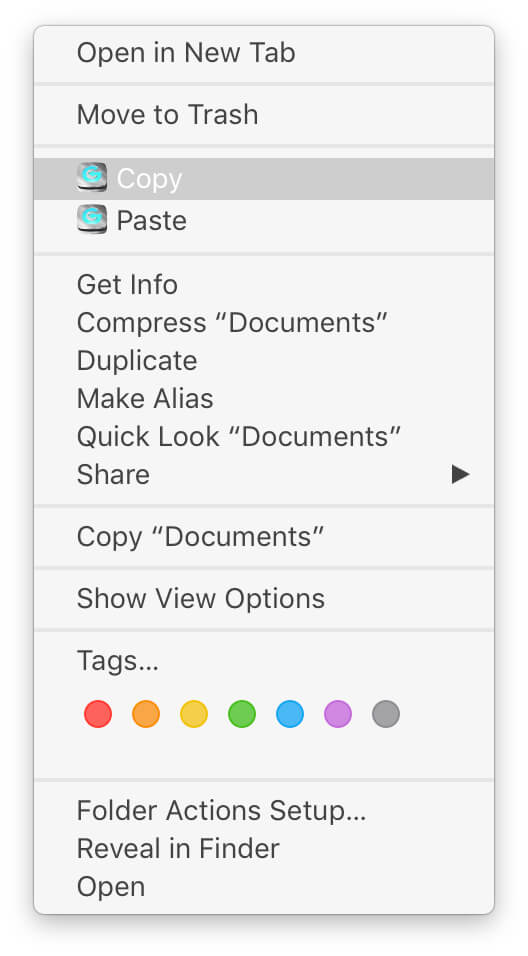

- #Mac backup guru for sierra how to#
- #Mac backup guru for sierra install#
- #Mac backup guru for sierra trial#
- #Mac backup guru for sierra password#
plist files in both /Library/LaunchAgents and /Library/LaunchDaemons. While we find daemons in /etc/init.d on Linux distributions, they’re stored in. Instead execute the following commands from the command line: sudo rm /var/ossec Since OSSEC was likely installed from source, there are no handy graphic utilities to help us. We’ll have to remove all files from /var/ossec and the configuration file from /etc/nf. Select them and remove them using the little minus icon at the bottom left. Select the Directory Editor and search for “ossec”.
#Mac backup guru for sierra password#
Unlock the little icon at the bottom left with your password to make changes (that lock icon only comes up when you click on Services or Search Policy). To remove them on macOS, head over to System/Library/CoreServices/Applications and start the Directory Utility app. OSSEC uses these to run its various scrips and services. The OSSEC Agent creates three system users that come up when your Mac is started. These instructions were written with OSSEC 2.8 in mind.
#Mac backup guru for sierra how to#
Most documentation is a bit outdated and references files from yesteryear, so here’s how to do it on macOS Sierra in 2018.
#Mac backup guru for sierra trial#
In case you have undergone data loss after macOS High Sierra downgrade, leverage the free trial version of Stellar Data Recovery Professional for Mac.I’ve been trying to find a way to remove OSSEC on one of my Macs.

Backup is the key to downgrade since it ensures no data is lost while the downgrade is done. Hope, this blog helped you downgrade macOS Mojave to macOS high Sierra easily. Mac will restart once the installation is over. The process of installing High Sierra will begin. From the Select boot disk window, choose the macOS High Sierra installer.Restart the Mac and hold the Option Key.Connect the USB drive with bootable macOS High Sierra installer.Reinstall macOS High Sierra by Using the Bootable Installer Wait till the Terminal displays Done, then quit Terminal. When prompted to erase the drive, type Y then hit Return. Ensure it does not contain any valuable data copy the data if necessary to an external storage medium to avoid data loss. Plug in a USB drive (at least 16 GB) to your Mac.Go to Contents > Resources > createinstallmedia. Right click on it and select Show Package Contents.
#Mac backup guru for sierra install#
Go to Application folder to find the Install macOS High Sierra app. Open App Store, then download macOS High Sierra installer (which is around 5 GB).Read More: Recover Mac Data without Time Machine Backup 3rd Way-Create macOS High Sierra Bootable Installer then Reinstall macOS Follow the instructions to complete the restoration process of macOS High Sierra.Select the date and time from where you want to restore.Select Time Machine backup drive or Time Capsule then select “ Connect to Remote Disk”.On the “ macOS Utilities” window, choose “ Restore from Time Machine Backup”.Once the reinstallation process is over, your Mac will boot into macOS High Sierra.Ģnd Way-Use macOS High Sierra That You Backed Up with Time Machine Allow the Mac to perform a complete factory reset.Carry out the on-screen instructions to initiate the reinstallation process. On the “ macOS Utilities” window, click “ Reinstall macOS”.Release the keys when apple logo appears. Restart macOS Mojave 10.14 and instantly press and hold Command + R keys.Back up all the data from Mojave to an external SSD or HDD.The backup ensures you do not lose critical data due to complete drive erasure and subsequent installation of macOS High Sierra.Īlso Read, How to Recover Data from macOS Mojave Start-up Disk? 1st Way-Use macOS High Sierra That Was Shipped with Your Mac Before downgrading macOS Mojave, you must back up all the data every single piece of your important files/folders to an external storage drive.


 0 kommentar(er)
0 kommentar(er)
